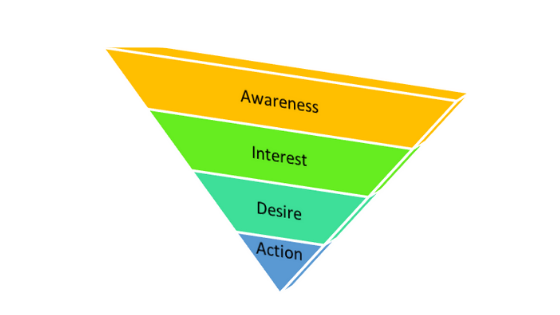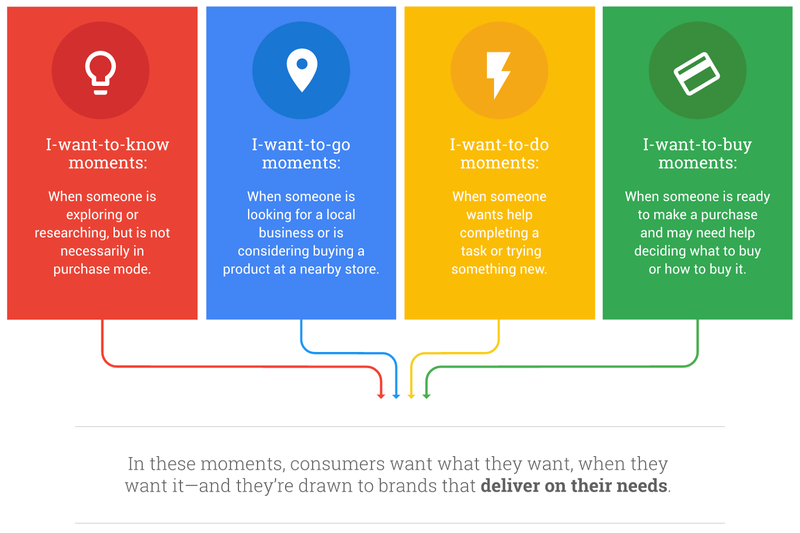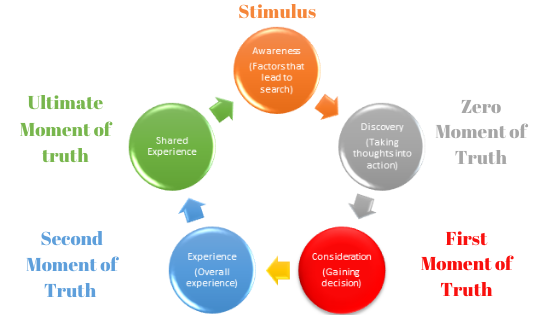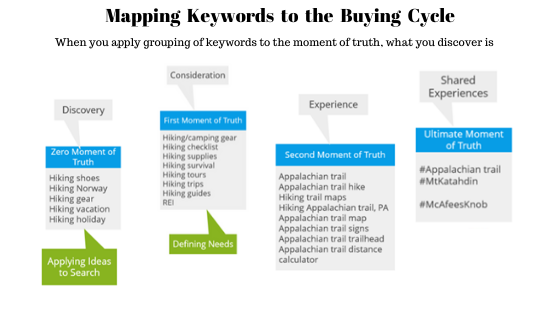Knowing your audience is the wild card for all marketing plans and strategies. To let our efforts go unwasted as well as analyze whether it is reaching and affecting the right audience or not, it is necessary to know and target the right audience.
So, the question now is, how do we do that? Targeting can mostly be done by segregating and segmenting the Audience Network. Segmentation is an important marketing strategy, and it has evolved with time.
While segmenting your data, you need to go a bit ahead. What this means is that earlier segmentation was primarily done based on demographics. Although demographics-based targeting was effective earlier, it is no longer effective. Demographics tell you who you are but do not tell you what they are interested in doing next. Hence, targeting has now shifted to intent-based.
Here, is a rough data (2017) as to how intent-based targeting plays a vital role compared to demographics-based targeting:
- 56% of sporting good searchers are female – Being a marketer, if you are targeting sports good only based on male category, you are missing out on 55% of your market share. It is quite astonishing.
- 45% of home improvement searchers are women – Similar to above, nowadays it is not the right option to target the audience based on demographics.
- 68% of skin and body care influencers in the past six months were men – Had not it been for the internet combined with statistics we would not have realized that skin and body care products are on demand even in men section of the market.
Similarly, many more products are missed out by targeting based on demographics and not the intent.
Targeting The Right Audience Based On Intent
While targeting the right audience based on Intent, we come across Google micro-moments and Google’s Moment of Truth. It is necessary to know the AIDA model before going in-depth into Google micro-moment and Google’s Moment of Truth.
AIDA model is the abbreviation of Awareness, Interest, Desire, Action. It means that the audience goes through these four sales funnels before buying a product. A marketers job is to target the right audience through this sales funnel.
- Awareness – When the audience just comes to know about the existence of the product or brand, through various platforms.
- Interest – After the awareness stage, some or many viewers show interest in the product/brand and hence want to know more about them.
- Desire – After being aware of the product as well as knowing and comparing the product to different similar products, the customer comes to a decision. This leads to the action stage.
- Action – As the name suggests, the consumer takes the right action. Actions can be in the form of sales, leads, etc., Actions simply mean conversion to marketer’s efforts.

AIDA (Awareness, Interest, Desire, Action) Model
Similarly, in Search Engine’s the customer goes through various Micro-Moments and Moments of Truth to get a purchase. One such data shows that a woman went through roughly 9000 Google’s moments of truth and micro-moments before purchasing a car. Here are the micro-moments which google has sorted to target the right audience.
Google Micro-Moments To Target The Right Audience

Google Micro-moments (Pic courtesy: Pinterest)
‘I want to do moments’
This micro-moment occurs when the person is searching or wanting help to complete a particular task or is trying out something new.
‘I want to buy moments’
This micro-moment happens when someone is ready to make a purchase but wants to know how to buy it and what to buy. It happens when the person is wanting to make the purchase but isn’t much aware of how to buy the product as well as what to buy.
‘I want to go moments’
This micro-moment occurs when someone is looking for a local business or is considering buying a product at a nearby store.
‘I want to know moments’
When someone is exploring or researching but is not necessarily in purchase mode then this micro-moment occurs.
These are the search behaviors while searching in Search engines.
Google’s Moments of Truth can be combined with the AIDA model stated above. This combination will target the right audience within search engines.
To target the right audience, we must also know the various Moments of Truth.
Google’s Moment Of Truth To Target The Right Audience

Google’s Moment of Truth
Stimulus
This factor leads to search awareness. The stimulus factor can be through social media or other advertisements. The searcher becomes aware of the product/service or brand which will lead them to the next moment of truth. The idea remains in the mind of the searcher in this p
Zero Moments of Truth
Taking thoughts into action. In this moment of truth, the searcher searches for the product after being aware of the product. It can be related to the interest stage of the AIDA model.
First Moment of Truth
Gaining decision. This is called the consideration stage. The searcher searches for various products and comes to a consideration of the product. It is quite similar to the decision stage of the AIDA model.
Second Moment of Truth
This is the experience stage of Google’s Moment of Truth. The searcher looks for the overall experience of the product may be through feedbacks or other customer experiences.
Ultimate Moment of Truth
In this phase, the searcher usually shares their experience about the product/service or the brand through various platforms and reviews. This shared experience may be a stimulus to other audiences leading to someone else’s moment of truth.
Hence, bringing it down to an SEO perspective these moments can also be utilized for grouping keywords.
Below, is an example through a diagram of the ways you can go through the buying cycle and the moment of truth.

An example of mapping keywords to the buying cycle.
Summing all up we come to know that intent-based targeting is beneficial as well as crucial. Intent-based targeting needs to be focused on more than demographics-based targeting to acquire the right audience. So, to make intent-based targeting successful, we need to know the AIDA (Awareness, interest, desire, and action), model. Combining the AIDA model with Google Micro-Moment and Google Moment of Truth will help us provide our audience with the right data which in turn will lead to conversion. This is beneficial for both acquiring and retaining the customers.
